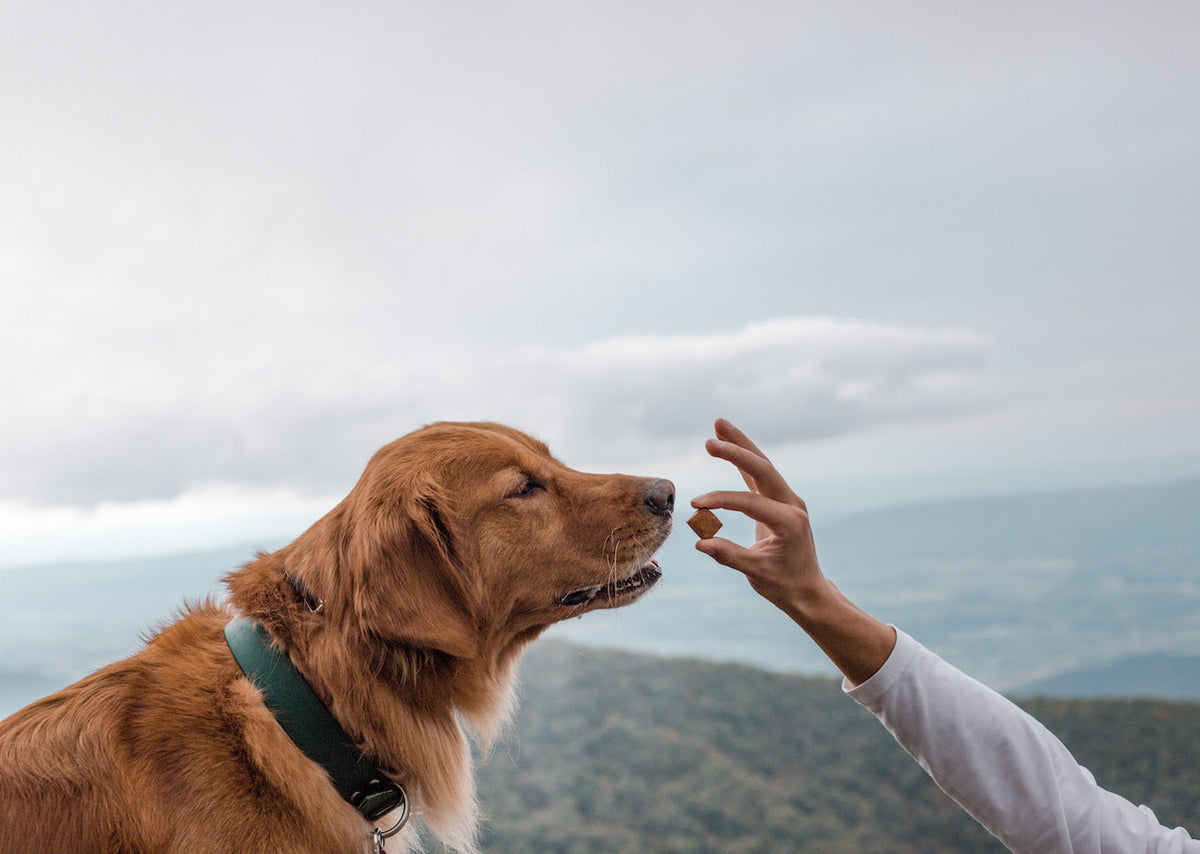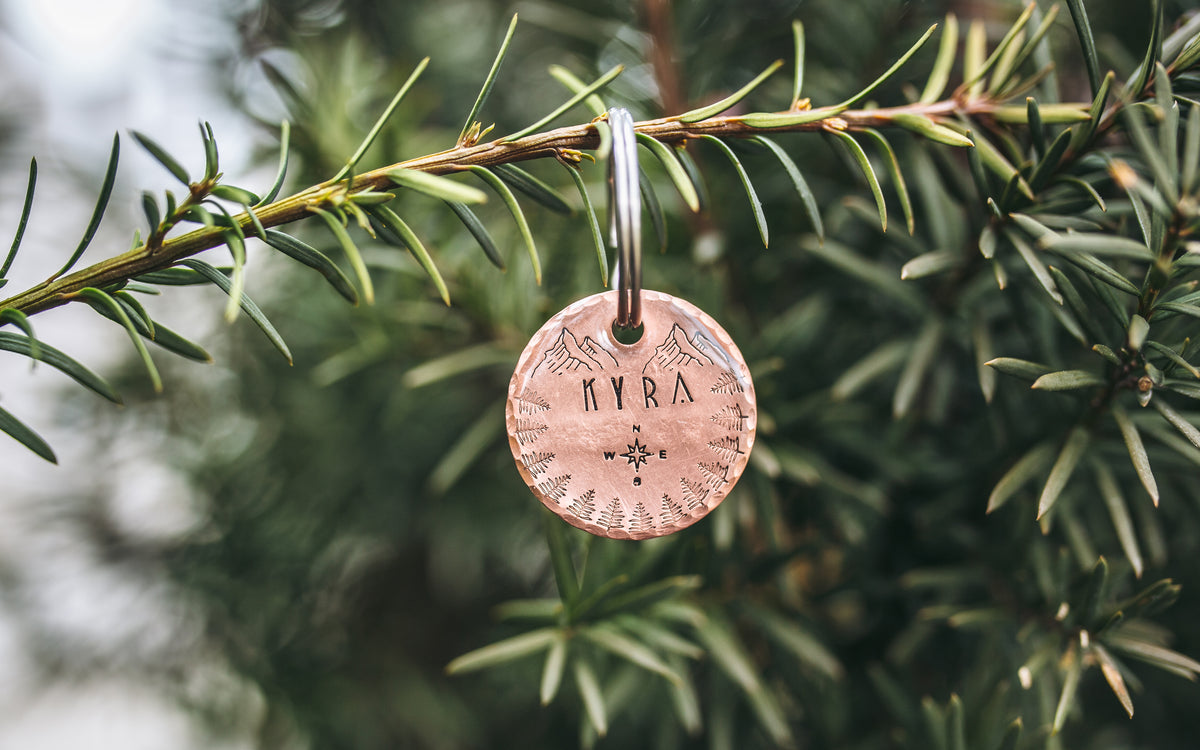
Dog Science: Why Does My Dog Smell Everything?!
Written by: Courtney Brekken
Your average household pup, scientifically known as Canis familiaris, is one of life’s simple joys. They’ve been by our sides for more then 20-40 thousand years (National Geographic). So over time, we humans are bound to notice some of their funny, good, quirky, and bad behaviors--- one of these behaviors being their sense of smell.
 I don’t know about your fur baby, but mine HAS to smell EVERYTHING. When we walk Mowgli around neighborhoods or parks, there are literally times when I feel as though we are dragging him because he’ll stop and sniff as if his life depends on it! It’s not just your average “one and done” sniff, it’s a literal 25 to 30 second ordeal! At first it was cute, but then it started to get rather annoying. Our walks were no longer walks, but more so just stop, sniff, step, stop, sniff, etc.
I don’t know about your fur baby, but mine HAS to smell EVERYTHING. When we walk Mowgli around neighborhoods or parks, there are literally times when I feel as though we are dragging him because he’ll stop and sniff as if his life depends on it! It’s not just your average “one and done” sniff, it’s a literal 25 to 30 second ordeal! At first it was cute, but then it started to get rather annoying. Our walks were no longer walks, but more so just stop, sniff, step, stop, sniff, etc.This behavior continued even in the house, too! Always curious about our baseboards, shower, trash, laundry... you name it! Our dog has had his nose in it. Eventually I had to know: why does our dog obsessively sniff EVERYTHING?
Well, as most everyone has known from a young age, scientists believe that all dogs are descendants from the grey wolf, but, “...At some point went on their separate evolutionary ways” (National Geographic). Though a lot has changed between the two species, domesticated dogs continue to rely on this same trait: smell.
A dogs keen sense of smell is one of their most important forms of communication. It’s how they understand who has been where, what has passed through their yard, and whose dog you’ve been petting while you were away. Let’s face it, dogs are “nosey,” they’ve got to know everything. As it turns out, we can thank a little something called “olfactory sensors” for this nosiness.
 “Olfactory sensors, also known as odorant receptors, are expressed in the cell membranes of olfactory receptor neurons and are responsible for the detection of odors” (Wikipedia). Simply put, these sensors are what help humans, dogs, and many other mammals smell things. Let’s throw some numbers into this equation: humans carry about 6 million receptors, whereas canines have over 300 million of them (PBS.org). That’s a drastic difference between species.
“Olfactory sensors, also known as odorant receptors, are expressed in the cell membranes of olfactory receptor neurons and are responsible for the detection of odors” (Wikipedia). Simply put, these sensors are what help humans, dogs, and many other mammals smell things. Let’s throw some numbers into this equation: humans carry about 6 million receptors, whereas canines have over 300 million of them (PBS.org). That’s a drastic difference between species.So understandably, when a dog goes outside, they’re quite literally blasted in the face with an overwhelming number of smells. They have to pick and choose between so many of those different smells to try and identify, and it may take more than just one small sniff to be able to establish what each scent is. With my dog, maybe he’s a bit slow to identify smells, hence his 25 second whiffs. Or maybe he just likes to confirm a smell, then confirm it three more times just to ensure it’s drilled into his mind. Regardless of this, I can’t be annoyed with him anymore for his hereditary shnoz.
 PBS illustrates that, “...We might notice if our coffee has a teaspoon of sugar added to it, but a dog could detect a teaspoon of sugar in a million gallons of water, or two Olympic-sized pools worth.” On top of that, “...Smells have different layers, which probably give dogs a much bigger range of types of information.” Each scent that they smell is constantly being picked apart in their brains. The same happens to you, but just like dogs, we don’t realize we’re doing it.
PBS illustrates that, “...We might notice if our coffee has a teaspoon of sugar added to it, but a dog could detect a teaspoon of sugar in a million gallons of water, or two Olympic-sized pools worth.” On top of that, “...Smells have different layers, which probably give dogs a much bigger range of types of information.” Each scent that they smell is constantly being picked apart in their brains. The same happens to you, but just like dogs, we don’t realize we’re doing it.Imagine a beautiful painting from across the room. How much more detail, such as the small brushstrokes, can be appreciated when you’re standing up close to see it (newscientist.com)? It’s the same for our furry companions! They’re able to smell from afar, but it’s much more reassuring and perhaps even comforting for them to smell the specific source of the odor up close.
 As mentioned before, this is just simply how dogs are made genetically and hereditarily. Since they can’t speak words as their way of communication, they make up for it with their noses. So next time Bruno sniffs that stick, then that muddy foot print, and THEN smells continuously down the sidewalk, just remember he’s actually communicating, problem solving, stimulating his brain, and even just being “nosey.”
As mentioned before, this is just simply how dogs are made genetically and hereditarily. Since they can’t speak words as their way of communication, they make up for it with their noses. So next time Bruno sniffs that stick, then that muddy foot print, and THEN smells continuously down the sidewalk, just remember he’s actually communicating, problem solving, stimulating his brain, and even just being “nosey.”Sources:
Nationalgeographic.com
Newscientist.com
PBS.org
Wikipedia.com
2 Responses
Juli jordan
Wonderful job!!!
Leave a comment
Comments will be approved before showing up.
Also in Blog

4 Ways Your Pet Can Benefit From CBD
Whether you’re shopping at your local pet store or scrolling through your Instagram feed, there’s a chance that you’ve seen CBD for pets. As the CBD world continues to grow, you may wonder how exactly CBD could benefit your pet’s health. The CBD industry can often be confusing, but don’t worry, Pet Releaf is here to break down the fundamentals of CBD for you!

How to Clean Your Metal Dog Tags
After a series of adventures, your tags may look a little rough around the edges. Lucky for you, we have a cleaning kit and a guide to clean your tags at home! Work with us in this step-by-step guide to cleaning your metal dog tags.

Dog Tag Phone Number Guide
"Do you put more than one phone number on the tags? Will addresses fit? Does the number go on the back of the tag?" All of your informational questions are answered in this Guide to Phone Numbers!

Susanne
November 07, 2019
Wonderful job! Very interesting!